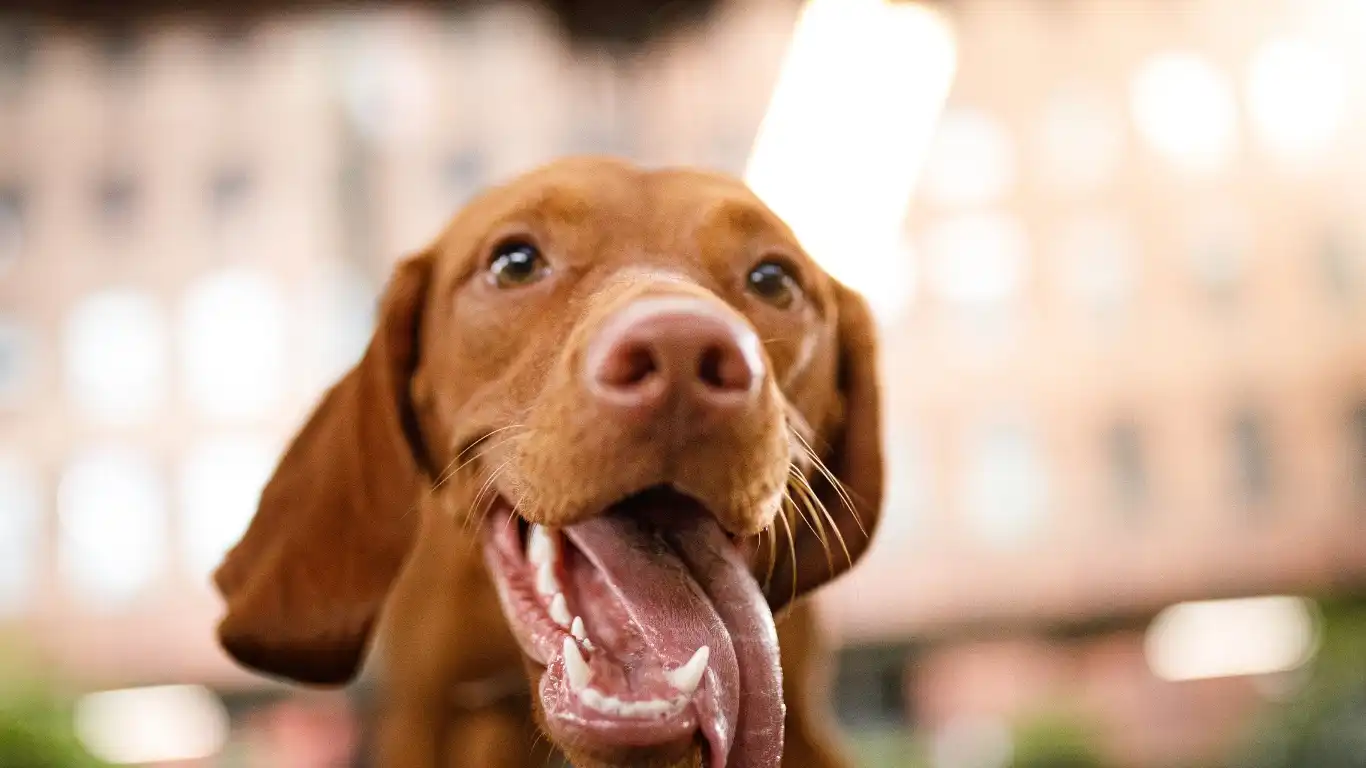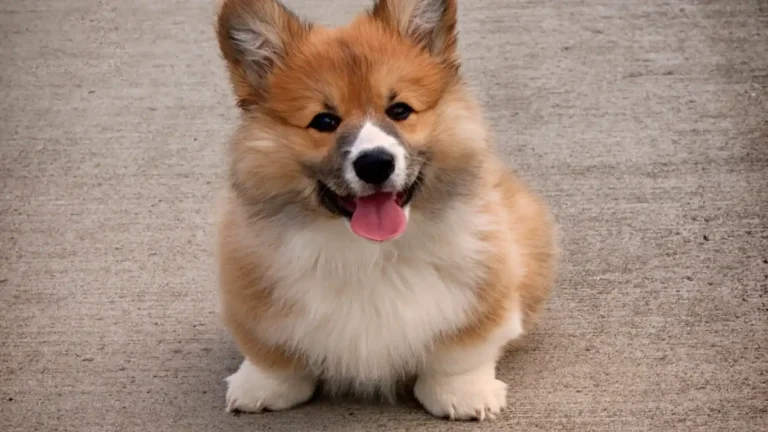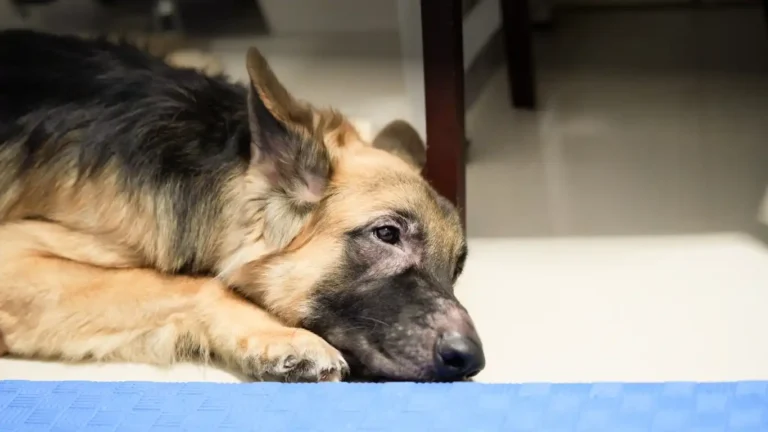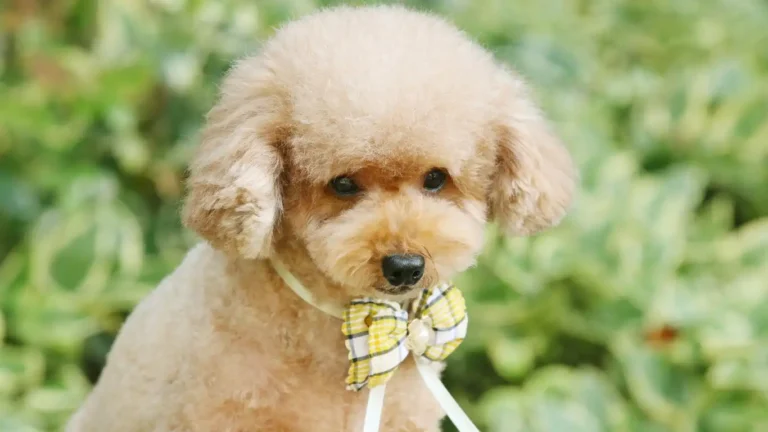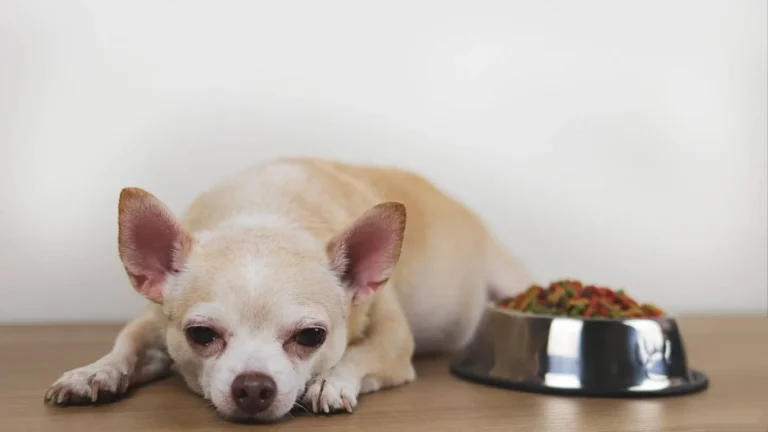How to Keep a Dog’s Coat Tangle-Free & Shiny with Easy Tips
As a veterinary technician with a special interest in nutrition, I’ve worked with countless dogs over the years. And one thing I’ve noticed is that many pet parents struggle with keeping their dogs’ coats looking beautiful and tangle-free. Whether it’s a long-haired breed or a pup with a thick undercoat, matting and tangling are a common issue that can lead to uncomfortable skin conditions. So, how do you keep a dog’s coat tangle-free and shiny? Well, it’s not just about brushing them once in a while. There’s a bit more to it!
The Basics of a Healthy Dog’s Coat
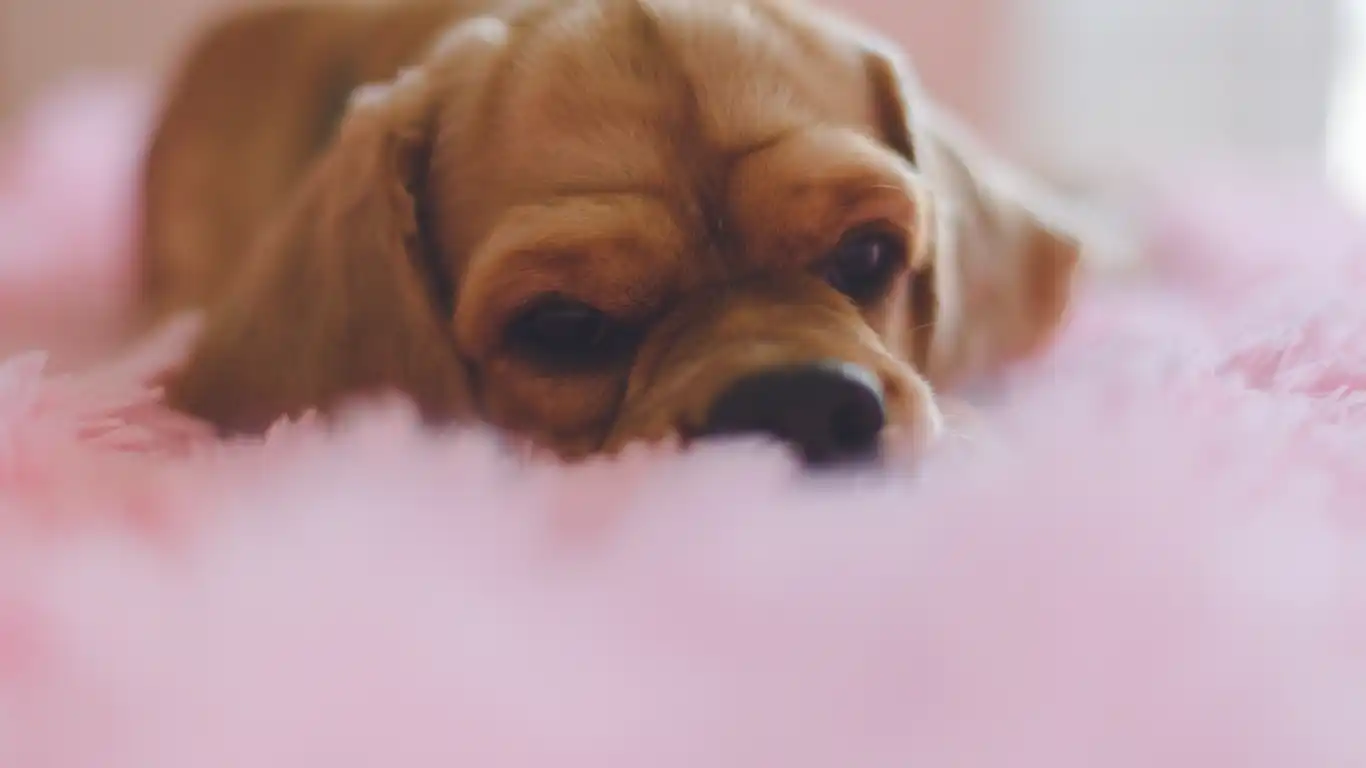
Let’s first talk about what a healthy coat looks like. A shiny, tangle-free coat doesn’t just happen overnight, and it’s not only about the grooming products you use. It’s also about the way you take care of your dog’s overall health, from nutrition to hydration. Good nutrition is key when it comes to maintaining a soft and shiny coat. If your dog’s diet lacks essential fatty acids, vitamins, or minerals, their coat could end up dry, brittle, and prone to tangling.
From my experience, when a dog eats high-quality food tailored to their needs, their coat usually looks a lot healthier. I’ve seen this firsthand with some of the dogs I’ve worked with – the shine and softness of their coats improve dramatically when they’re on a proper diet. So, feeding them well isn’t just about keeping them healthy; it’s also about that beautiful coat!
Why Do Dogs’ Coats Get Tangled in the First Place?
So, why do some dogs’ coats seem to tangle no matter how much they’re groomed? It’s a mix of several factors. Long-haired breeds like Collies, Shih Tzus, and Yorkies are more prone to tangling simply because their hair grows long and can easily become knotted if not properly managed. Dogs with undercoats – like Huskies or Golden Retrievers – also tend to have tangling problems because their thick, soft fur can mat when it’s not brushed out regularly.
Another common cause of tangles is lack of regular brushing. Even if you have a short-haired dog, brushing them a few times a week can help remove dead hair and prevent it from matting. Trust me, I’ve seen dogs who barely get brushed, and their coats end up looking like a bird’s nest, with tangles that are nearly impossible to fix without a professional groomer. Keeping up with the routine helps avoid that frustration!
The Role of Bathing in Tangle Prevention
Bathing your dog might seem like a simple solution, but there’s a right way to do it when it comes to maintaining a tangle-free coat. I’ve learned that some people tend to bathe their dogs too frequently, which can strip their skin and coat of essential oils. This can lead to dryness and, you guessed it – tangles! On the flip side, not bathing your dog often enough can result in dirt, oils, and dead hair building up, which causes matting.
The key is to bathe your dog at the right intervals based on their breed, activity level, and skin condition. For most dogs, a bath every 4 to 6 weeks should be sufficient. However, if your dog is particularly active or has a tendency to get dirty, more frequent baths might be needed. After a bath, be sure to thoroughly dry your dog before brushing. Damp hair is more likely to tangle, and if it’s left wet, mats can form quickly.
How to Brush a Dog’s Coat: The Right Tools Matter
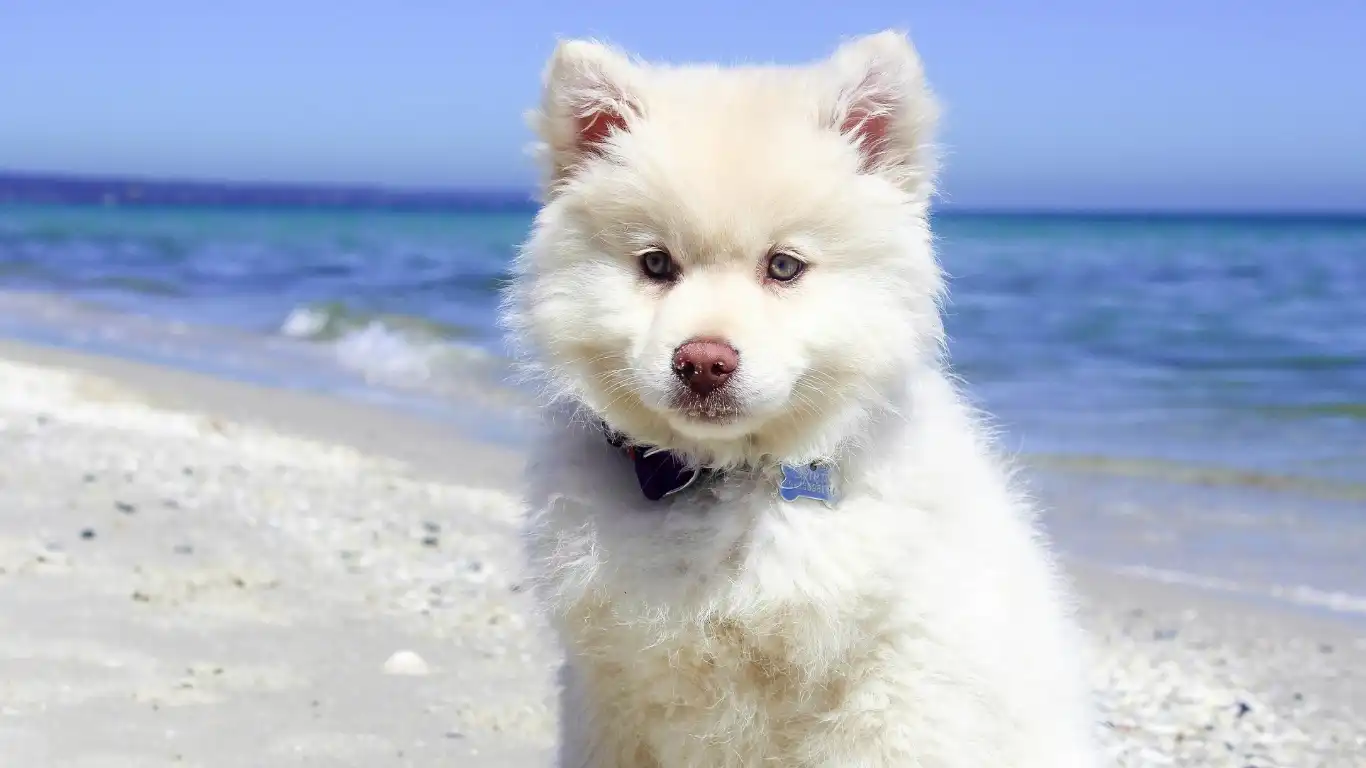
Now let’s dive into brushing – one of the most crucial parts of keeping your dog’s coat tangle-free. But here’s the thing: not all brushes are created equal. The brush you use depends on your dog’s breed, coat type, and the length of their fur. As a general rule, dogs with long or curly hair need a slicker brush, which has fine, closely spaced wires that help remove tangles and mats.
If your dog has a short coat, a bristle brush or a rubber grooming mitt can be more effective. And let’s not forget about the importance of a comb for detangling. Combs can help with smaller tangles that the brush might miss, especially around areas like the ears, behind the legs, and around the collar. My personal recommendation? Spend a few minutes brushing your dog daily, or at least a few times a week, to stay on top of tangles and mats.
How to Brush Out Tangles
Alright, so you’ve got your brush and comb, and you’re ready to start brushing your dog’s coat. But what do you do if you find a stubborn tangle? Don’t panic! First, never pull at the tangles because that can hurt your dog and break their hair. Instead, start by using your fingers to gently separate the tangle before you go in with a brush. If the tangle is too tight, you can apply a small amount of dog-safe detangler spray to help loosen it.
Start brushing from the tips of the hair, working your way down to the roots. I’ve found this method to be way more effective than trying to brush the tangles from the top down. If you come across a particularly tough knot, be patient – gently work through it. In my experience, when I’m calm and careful, dogs seem to relax and trust the process more. And trust me, this makes the grooming session way less stressful for both you and your dog!
Preventing Tangles with Regular Grooming

Regular grooming is essential if you want to keep your dog’s coat tangle-free. It’s not just about brushing them every so often – it’s about creating a grooming routine that works for your dog’s specific coat type. Dogs that are prone to tangles need consistent care to prevent mats from forming in the first place. If you’re unsure where to start, I recommend scheduling a consultation with a professional groomer who can provide advice tailored to your dog’s needs. They can also show you the proper techniques for brushing and recommend the best grooming products for your pup.
All in all, a little regular grooming goes a long way in preventing tangles, and in the end, your dog will look and feel so much better for it. Plus, it strengthens the bond between you and your pet – something I’ve definitely seen with the dogs I work with!
Keeping a Dog’s Coat Tangle-Free: The Importance of Professional Grooming

While regular brushing and bathing can certainly help keep your dog’s coat looking great, there’s no denying that sometimes your furry friend needs a little extra TLC. That’s where professional grooming comes into play. As much as I love the hands-on approach of pet parents, I’ve seen firsthand how a professional groomer can work magic, especially when it comes to dogs that have very thick or long coats.
One of the most common reasons I recommend a groomer is for dogs that are prone to severe matting. When mats get too tight, they can be painful for your dog and difficult to remove without professional help. In these cases, it’s often best to let an experienced groomer handle the situation rather than struggle with it yourself. They have the right tools and know-how to carefully cut through mats, which can be less stressful for both you and your dog in the long run.
What to Expect from a Professional Grooming Session
If you’ve never taken your dog to a groomer before, you might be wondering what to expect. A typical grooming session starts with a consultation, where the groomer will ask you about your dog’s coat type, lifestyle, and any specific grooming needs. For example, if you have a dog with a very thick double coat, the groomer might recommend a de-shedding treatment in addition to the usual bath and cut.
Once your dog is in the grooming chair, the process usually begins with a bath. The groomer will shampoo your dog using products that are appropriate for their skin type and coat condition. After the bath, they’ll dry your dog, sometimes using a high-velocity dryer to get rid of excess water without causing tangles. Drying your dog properly is essential, as damp fur is more likely to mat, which is something I always stress to pet parents. A thorough drying session also helps prevent tangles from forming during the next phase of grooming.
Afterward, the groomer will use specialized brushes and combs to carefully remove any tangles, mats, or dead hair. For dogs with long or thick coats, this stage may take a while, but it’s totally worth it to keep their coat healthy and free of tangles. If your dog’s coat is prone to matting, some groomers might also offer a de-matting treatment, which involves using a special detangler or conditioner to loosen the mats before combing them out. This is particularly helpful for breeds like Poodles, Bichon Frises, or any dog with curly hair.
Choosing the Right Groomer for Your Dog

When it comes to professional grooming, it’s not just about picking any grooming salon. You want to choose someone who’s experienced and knowledgeable about your dog’s specific needs. Here’s a little tip from my years of experience: Ask the groomer about their process for handling tangles and mats. A good groomer will be able to tell you exactly how they’ll tackle any matting issues your dog might have and will be patient, gentle, and understanding of your dog’s comfort level.
It’s also important to consider the grooming environment. I’ve visited a lot of grooming salons over the years, and I always look for places that are clean, calm, and well-organized. Your dog should feel at ease, not stressed or anxious. You can usually tell a lot about a grooming facility just by observing how the dogs are treated. If the groomers are gentle and the dogs seem calm and comfortable, it’s a good sign. If your dog has had a bad experience in the past, it may take some time to build trust with a new groomer, but it’s worth it in the long run.
Signs Your Dog Needs a Grooming Appointment
So, how do you know when it’s time for a professional grooming session? There are a few key signs to look out for:
- Matting and tangling: If your dog’s coat has developed severe mats that you can’t manage with your regular grooming routine, it’s time to book an appointment with a groomer. Mats are not just unsightly; they can also cause skin irritation and even lead to infections.
- Excessive shedding: If you’ve noticed that your dog is shedding a lot more than usual, a professional grooming session might help remove the excess fur and prevent it from getting tangled in the process.
- Dirty or greasy coat: Sometimes, dogs just get dirty, especially if they spend a lot of time outside. If your dog’s coat feels greasy or smelly, a bath and proper grooming can make a huge difference.
- Uncomfortable itching or scratching: If your dog is itching more than usual, it could be due to tangles pulling on their skin, or even underlying skin conditions that a groomer can help identify.
As a general rule, I recommend scheduling professional grooming every 4 to 6 weeks, but this can vary depending on your dog’s breed and coat condition. Some long-haired dogs or those with high-maintenance coats may need more frequent visits. Other dogs with shorter coats might only need a grooming session a few times a year. And of course, regular at-home grooming between professional sessions is essential to keep your dog’s coat looking its best.
Maintaining a Tangle-Free Coat at Home: The Role of Regular Care

Even though professional grooming plays an important role, nothing beats consistent, at-home grooming. You’re the one who spends the most time with your dog, so you’re in the perfect position to keep their coat looking tangle-free on a daily basis. As I mentioned earlier, regular brushing is key, and it’s something that can be done every few days to prevent mats from forming.
For dogs that are prone to matting, I recommend using a detangler spray before brushing. This can help loosen up any tangles and make the brushing process easier for both of you. Start with small sections of the coat and work your way through, taking your time to be thorough. I always advise pet parents to be patient – slow and steady will keep your dog more relaxed, and it will make a difference in the long run.
Maintaining a tangle-free coat is a team effort. Whether you’re doing it yourself at home or getting professional help, the important thing is to stay on top of your dog’s grooming routine to ensure they stay comfortable, healthy, and happy!
Maintaining Your Dog’s Coat in Different Seasons
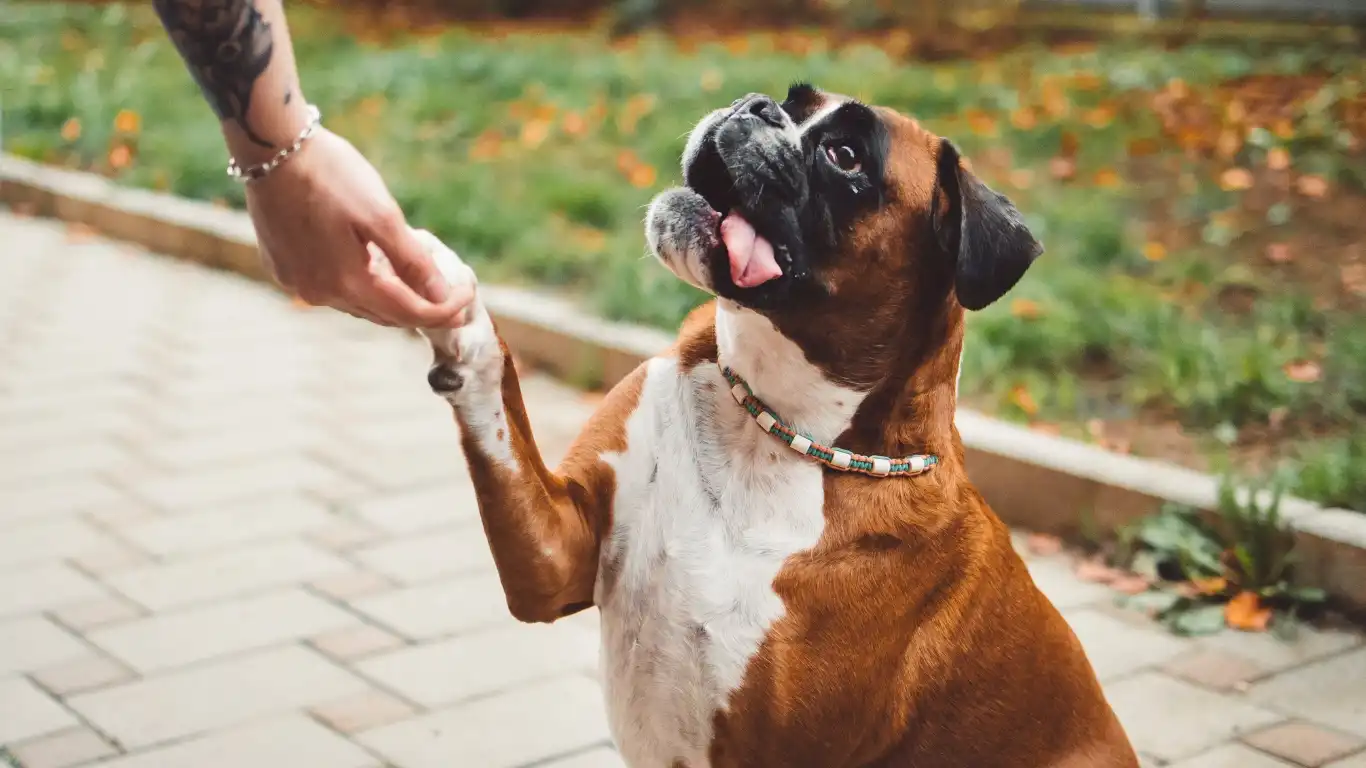
As we move through different seasons, keeping your dog’s coat tangle-free requires some extra attention. Just like us, dogs’ coats can change depending on the weather, and certain seasons might require more maintenance than others. For example, during shedding seasons (spring and fall), your dog might lose more hair than usual, which can lead to more tangles if not managed properly. This is when consistent grooming becomes even more important!
During the spring and fall, many dogs shed their undercoats to adjust to the temperature changes. This can result in a mess of fur all over your house, but it’s also a great time to keep your dog’s coat tangle-free by regularly brushing them. For dogs with thick double coats like Golden Retrievers or Huskies, regular brushing is essential to prevent mats from forming as the undercoat sheds. Personally, I’ve found that using an undercoat rake can really help get through that thick fur and remove any loose hair that’s ready to shed. It also prevents tangles from forming while your dog is transitioning between seasons.
On the other hand, winter coats need to be taken care of too. Cold, dry air can lead to brittle fur that’s more likely to mat, especially if your dog’s coat gets wet from the snow or rain. I always advise using a moisturizing dog shampoo during the winter months to keep their skin and coat hydrated. After a bath, make sure to dry your dog thoroughly – damp fur during cold weather can cause more tangles and even lead to skin problems. I’ve also noticed that dogs with longer hair tend to get snowballs and ice clumps in their fur, so checking their coat after walks is a must in snowy regions.
Dealing with Specific Dog Breeds
Every dog breed has different grooming needs, and understanding the specific requirements of your dog’s coat can make all the difference. Some breeds, like Poodles, Bichon Frises, and Cocker Spaniels, require regular professional grooming to maintain a tangle-free coat because their hair grows continuously, much like human hair. These breeds often benefit from a regular haircut to keep the hair manageable and reduce matting.
Then there are breeds like Labrador Retrievers and Beagles, whose coats are shorter but still need regular brushing to remove dead hair and prevent mats from forming, especially around the ears and tail area. These short-haired breeds may not need as frequent grooming appointments, but they still benefit from brushing a couple of times a week.
It’s also important to know that some dogs with naturally curly or wavy coats, such as Poodles or Schnauzers, are more prone to tangles and mats. If you have a dog with this kind of coat, brushing them often is key. I can’t stress this enough – a little effort in brushing daily or at least every other day will help prevent those nasty tangles that can cause discomfort for your pup.
Using Supplements to Promote a Healthy Coat

While grooming is important, your dog’s diet and overall health play a major role in the quality of their coat. If you’ve ever noticed your dog’s fur looking dull or brittle, or if they’re more prone to tangling, it could be a sign that their body is lacking essential nutrients. Just like people, dogs need a balanced diet to keep their skin and coat healthy. Sometimes, adding supplements to their food can make a world of difference.
One supplement that I always recommend to pet parents is omega-3 fatty acids. These healthy fats are known to improve skin hydration and reduce inflammation, which can result in a shinier, healthier coat. I’ve seen some incredible transformations in dogs with dry, flaky skin when they start taking omega-3 supplements, and their coats become more manageable as a result.
Another popular supplement is biotin, a vitamin that helps promote healthy skin and hair growth. Biotin supplements can help improve coat texture and reduce breakage, making them particularly useful for dogs with long or curly coats. If you’re considering adding supplements to your dog’s diet, it’s always a good idea to check with your vet first to make sure you’re choosing the right ones for your dog’s specific needs.
What to Avoid When Grooming Your Dog
While it’s easy to get caught up in all the grooming dos, there are a few things you should definitely avoid to ensure your dog’s grooming routine stays stress-free and effective.
- Avoid harsh grooming products: Some shampoos, conditioners, and grooming sprays contain chemicals that can irritate your dog’s skin or dry out their coat. Look for gentle, pet-safe products that are designed specifically for dogs.
- Don’t force the brush through mats: If you come across a tough tangle, never pull on it aggressively. This can cause pain and break the hair. Instead, try to gently work through it or seek professional help if necessary.
- Don’t bathe your dog too often: Overbathing your dog can strip their coat of essential oils, making it dry and more prone to tangles. Stick to a bathing schedule that works for your dog’s breed and lifestyle, and use moisturizing products to help prevent dryness.
- Don’t forget about their paws: Dogs’ paws and the area between their toes are often neglected during grooming, but they can easily become matted, especially in long-haired breeds. Make sure to check their paws regularly and trim any hair that’s grown too long.
Disclaimer
The information in this article is meant to provide general guidance on keeping your dog’s coat tangle-free and is not intended as medical advice. Every dog is unique, and grooming needs can vary depending on breed, coat type, and individual health conditions. Always consult with your veterinarian or a professional groomer if you’re unsure about any aspect of your dog’s grooming routine or health care.
For more information on dog grooming and care, visit trusted sources like American Kennel Club (AKC), PetMD, and National Institutes of Health (NIH).
